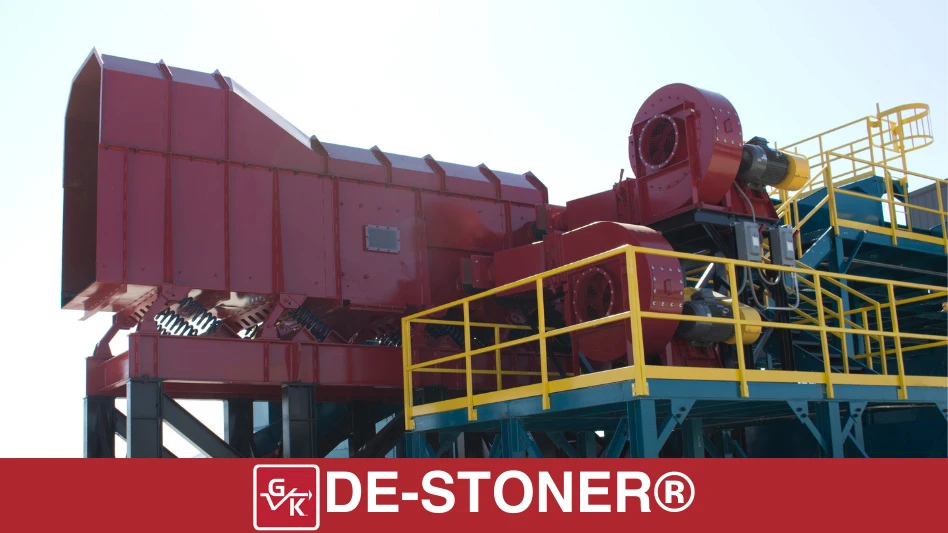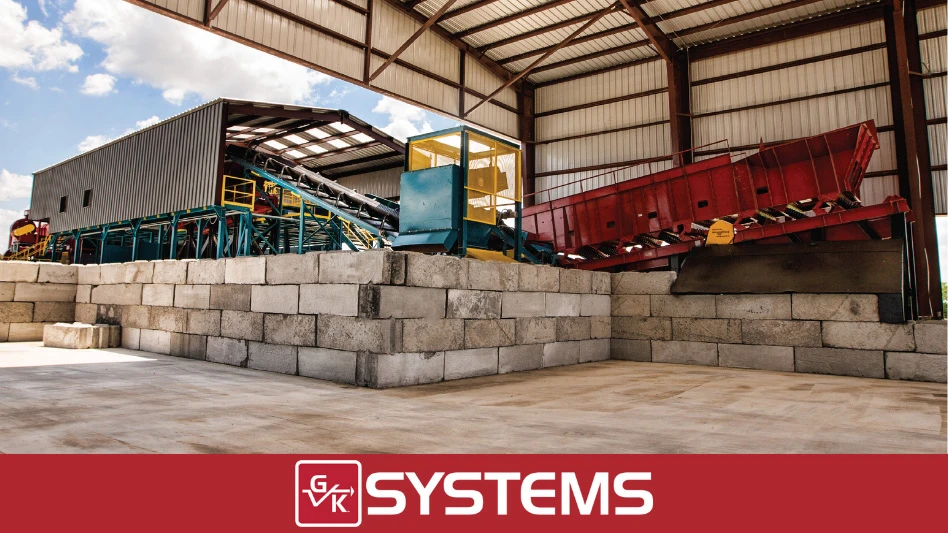Worldsteel predicts 2021 recovery in steel demand
The World Steel Association (Worldsteel), Brussels, has released its Short Range Outlook (SRO) for steel demand in 2020 and 2021, predicting that steel demand will contract by 6.4 percent, dropping to 1,654 million metric tons, because of the upheaval created by the COVID-19 pandemic. The association says it expects steel demand to recover in 2021 to 1,717 million metric tons, an increase of 3.8 percent compared with 2020.
The Worldsteel forecast assumes that most countries’ lockdown measures continue to be eased during June and July, with social distancing controls remaining in place, and that the major steelmaking economies do not suffer from substantial secondary waves of the pandemic.
“The COVID-19 crisis, with its disastrous consequences for public health, also represents an enormous crisis for the world economy,” Al Remeithi, chairman of the Worldsteel Economics Committee, says. “Our customers have been hit by a general freeze in consumption, by shutdowns and by disrupted supply chains. We, therefore, expect steel demand to decline significantly in most countries, especially during the second quarter. With the easing of restrictions that started in May, we expect the situation to gradually improve, but the recovery path will be slow.”
Specific to the U.S., COVID-19 is causing a sharp manufacturing recession, which is expected to reach its nadir in the second quarter, according to Worldsteel’s SRO. The fall in oil prices has placed additional downward pressure on energy sector investment, which was already distressed prior to the crisis. Surging unemployment is leading to reduced income and confidence, impairing residential construction. Although nonresidential construction is faring relatively better, it is expected to face a decline in 2020 and a slight recovery in 2021.
US carpet recycling volumes up in 2019 as industry faces headwinds in 2020
Carpet America Recovery Effort (CARE), a Dalton, Georgia-based nonprofit dedicated to increasing the landfill diversion, reuse and recycling of waste carpet, has released its 2019 Annual Report. The report highlights progress made in waste carpet diversion during 2019, while addressing growing headwinds in 2020.
In 2019, CARE administered a $35 million operational budget, comprising of core operations to serve its members, along with the Voluntary Product Stewardship Program (VPS) and the California Carpet Stewardship Program.
VPS program highlights included:
- More than $2 million was paid in VPS subsidies in 2019.
- Total gross U.S. collections were 335 million pounds, up from 281 million pounds in 2018.
- 98 percent of the post-consumer carpet collected was processed in the U.S.
California Carpet Stewardship Program highlights included:
- 82.1 million pounds of post-consumer carpet was collected before it could go to landfill.
- 58 million pounds of recycled output was produced (up 18 percent from the 49.3 million pounds recycled in 2018).
- The overall 2019 California recycling rate was 19.1 percent, up 25 percent versus 2018.
The report also includes an update on how the industry has been impacted thus far in 2020.
“Unfortunately, the carpet industry was not immune to the recession [from COVID-19], which resulted in plant closures and more than 10,000 jobs lost or furloughed. ... This challenge is compounded by the potential for additional COVID-19 impacts as the economy moves to restart in the later part of Q2,” the report states.

Explore the July August 2020 Issue
Check out more from this issue and find your next story to read.
Latest from Construction & Demolition Recycling
- Viably teams with Turmec on materials processing systems
- Tight supply poised to keep recycled steel prices buoyant
- Untha shredder prepares SRF in the UK
- Mammoet on the job at Montréal Olympic Stadium project
- Doppstadt says new trommel offers optimized flexibility
- Volvo brings hydraulic hybrid technology to 5 new excavator models
- Tracey Road Equipment becomes authorized Tana North America dealer
- BTR appoints CEO





